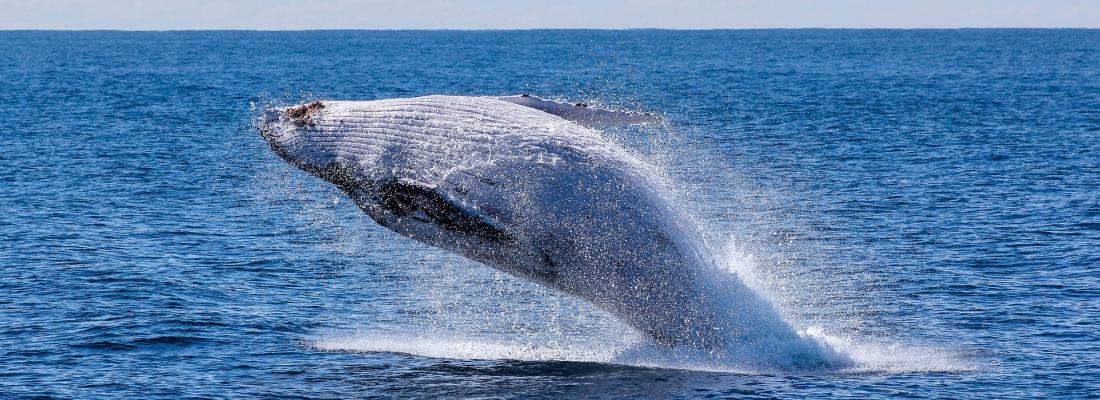Biodiversity Reading time 3 min
A global network of researchers pools sound data on biodiversity
Published on 06 May 2025

Passive acoustic monitoring of biodiversity involves capturing the sounds of animals emitted intentionally or unintentionally in a wide variety of ecosystems, using acoustic recorders. It is used to monitor cetaceans, numerous insects and crustaceans, bats and birds, frogs, as well as a large number of fish and other mammals, in order to understand their behaviour, distribution and activities.
Despite common methods being used by scientists across the planet, the collected audio recordings are often not widely shared. This has occurred in part because the scientific communities that carry out this monitoring are often compartmentalised by the type of animal group or habitat that they study.
With this in mind, the Worldwide Soundscapes project, launched in 2021, has made it possible to build up an international team of collaborators in order to pool passive acoustic monitoring data and make significant progress towards obtaining a global overview of the biodiversity of all animal sound groups, as well as the diversity of soundscapes.
57 countries and 12,309 recording sites
The project currently involves 350 collaborators consisting of oceanologists, terrestrial and freshwater ecologists, and even biospeleologists (who study the fauna living in caves) working in 57 different countries, ranging from the United States, to China and Madagascar.
The Worldwide Soundscapes project has brought together a total of 409 datasets (277 terrestrial, 104 marine, 26 freshwater, 2 subterranean) collected since 1991 in a single database representing no fewer than 12,309 recording sites (147 in polar zones, 9,214 in temperate zones and 2,948 in tropical zones).
This database will thus not only provide scientists with access to under-explored or little-known ecosystems, but will also enable the development of an efficient network for monitoring biodiversity dynamics (such as tracking population dynamics and detecting the arrival of invasive species). Importantly, this network also enhances cross-disciplinary work addressing the interconnection among terrestrial, aquatic and subterranean ecosystems. To endure, this project now more than ever needs the continued collaboration among scientists from all over the world, on critical issues like climate change and the decline in biodiversity.
To listen to recordings and access the project page: https://ecosoundweb.de/ecosound_web/collection/index/106
Reference
Darras K., Rountree R., Van Wilgenburg S. et al (2025) Worldwide Soundscapes: A Synthesis of Passive Acoustic Monitoring Across Realms. Global Ecology & Biogeography, DOI: https://doi.org/10.1111/geb.70021
